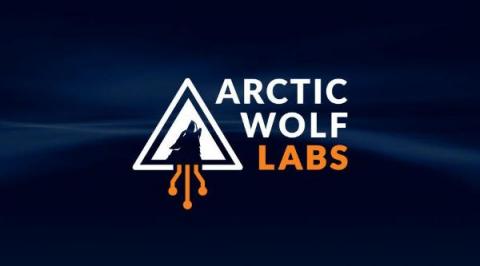Exploitation of Confluence Server Vulnerability CVE-2023-22527 Leading to C3RB3R Ransomware
On January 4, 2024, Atlassian disclosed CVE-2023-22527, a template injection vulnerability affecting Confluence Data Center and Server versions 8.0.0 to 8.5.3. The vulnerability allows for unauthenticated remote code execution to be achieved on affected versions of the software. Arctic Wolf Labs has observed evidence of C3RB3R ransomware, as well as several other malicious payloads, being deployed following exploitation of CVE-2023-22527. We present our preliminary findings here.











